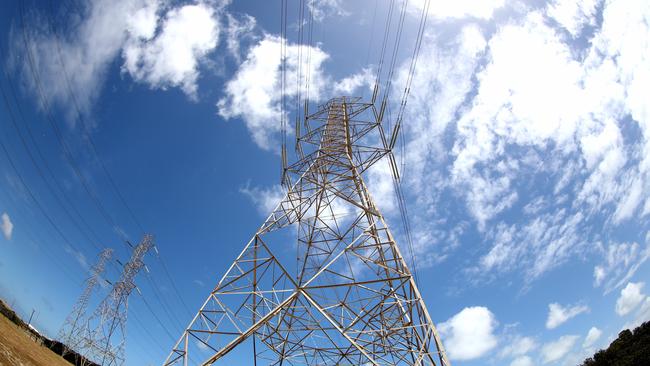AGL and Tabcorp face all our futures
AGL and Tabcorp are both proposing demergers for very different reasons but the end goals are the same.
Terry McCrann
Don't miss out on the headlines from Terry McCrann. Followed categories will be added to My News.
The proposed AGL and Tabcorp demergers might seem to be driven by very different distastes – Tabcorp walking away from wagering; AGL galloping away from carbon.
While that is certainly exactly true, at a more fundamental and broader level, they share exactly the same imperatives – maximising shareholder value; simplifying and so clarifying operational business dynamics; and opening up targeted growth opportunities.
There’s another critical dynamic that informs both and even more acutely their timing – the cavalcade of forces that are feeding such extraordinary and almost insatiable demand for assets and in this context equities, everywhere in the world.
This is got both a negative and a positive flavour. Keeping the combined businesses within the one equity structure runs the risk of undervaluation, either for the specific component businesses or the overall listed structure.
This is much more evident in the Tabcorp case, where UK wagering group Entain has led a pack of main-chancers seeking to pluck Tabcorp’s wagering business at, to them, what seems a bargain price.
But at the same time Tabcorp has left itself vulnerable to what would be a dream play – for an advising investment bank: think of the fees – of a full takeover offer; and THEN, the acquirer repackaging the components to make a combined one and one add up to a separated three.
The same is broadly the case with AGL but nowhere near as urgent, given the politics and policies – and broad uncertainties – about fossil-fuel power generation and coal in particular but also the supposedly ‘clean’ fossil, gas.

Unlike the huge opportunistic appeal of a ‘challenged’ business like wagering – with the challenges relating to technology, players, franchises, media rights (and, critically, linkages) and mandated industry shares of the wagering dollar – that’s become far more difficult and time-shortened for coal-fired power station.
So, really the only way for AGL to go, is to spin off the generation assets into a separate listed structure.
Shareholders can then make their choices about which stock they wish to hold.
Separate managements and boards can set about building LONG-TERM value in both, while short-term value must rise as the parts and even more their separate futures can be more easily and more highly valued.
And yes, ‘CarbonCo’ has just as much a future and at least the potential for value growth – whatever the politics and the policy-mix impose – as ‘ClimatePurityCo’.
There are two big points to make about the generation issue.
‘Somebody’’ is going to dominate that space, whatever the politicians do or fail to do. Secondly, there will be huge sums to be made by the agile driving both rationalisation of, and re-focussing of, the present mix of generation assets and generation owners.
The challenge – and opportunities – for ‘ClimatePurityCo’ are rather different. As a retailer, it will be an ‘energy taker’. That leaves it vulnerable; it also gives it huge opportunity.
How it survives – indeed prospers - will turn critically on monetising its customer interface – crudely, by selling it ‘other stuff’.
That’s the name of the game for everyone – just look at the ‘Four Horseman’ of the ‘Digital Apocalypse’; Apple, Amazon, Facebook and Google.
There’s no guarantee of success for our two future AGL companies: it’ll up to their boards, their CEOs and their management teams.
But they will have a much better shot at it with the simplification and clarification and tighter focus.
All this goes the same for Tabcorp in its operational spaces.
The key difference is how it gets there – by doing exactly what AGL is proposing or having someone grab the wagering, by getting ‘right’ the price.
It has to be higher than the rejected $3bn; but less than the opportunistic upside for an acquirer, from sheer bulking up to capturing that broader future.
Originally published as AGL and Tabcorp face all our futures



